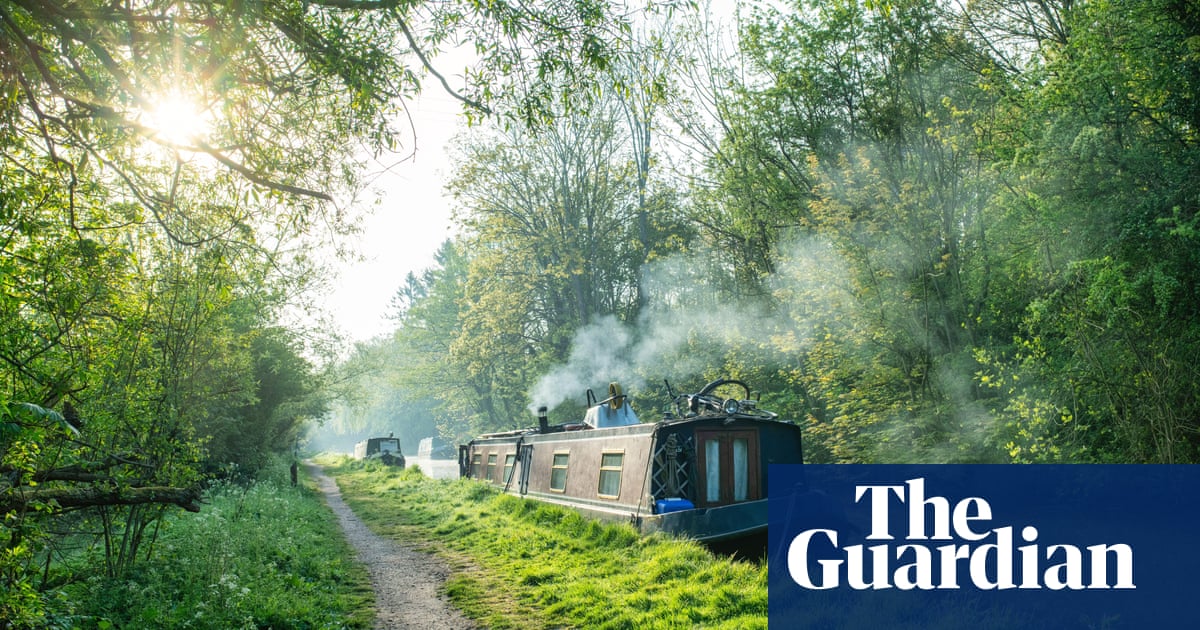My home is a floating island on more than 2,000 miles of interconnected inland waterways in England and Wales. In my 17-metre narrowboat home, I have travelled from the most northerly of the joined waterways – within sight of the Lake District – to the most southerly, about 30 miles from the Channel.
It took me 16 months to complete but I was never in a hurry, travelling as slowly as the seasons change. Along the way, between Tewitfield in Lancashire and Godalming in Surrey, I enjoyed some meandering diversions, based on talk I had heard along the towpath, to waterways that seemed too good to miss: the River Weaver, the Ashby canal, the upper Thames. This meant that by the time I reached Godalming, the distance had swollen from the most direct 387 miles to 517 miles, with 220 locks.
On the waterways, a journey progresses as if you’ve passed through a portal to a former century and now move at a very different speed from that at which the rest of life is lived, on a route edged with wildflowers even within sight and sound of roads and railway tracks.
In Wigan, the canal has sunk, and so has the surrounding land. Hollows – called flashes – have filled with water and are now full of birds and yachts. Reed-edged pools of light glitter either side of the canal, which has been raised up on an embankment. The canal has become deeper as its sides have been raised higher. My boat is like a model on a catwalk, cruising through the lakes below.
The subsidence is due to millions of tonnes of coal having been extracted at Ince Moss colliery. Mining began in 1863 and continued until the late 1960s. Up to a million tonnes of coal a year was dug up in that time. No wonder the earth sank.
During the Great Depression, George Orwell visited this stretch of canal to research his book The Road to Wigan Pier. I borrowed a copy from Wigan’s smart new library. “I remember a winter afternoon in the dreadful environs of Wigan. All round was the lunar landscape of slag-heaps and … the factory chimneys sending out plumes of smoke. The canal path was a mixture of cinders and frozen mud, crisscrossed by the imprints of innumerable clogs, and all round … stretched the ‘flashes’ – pools of stagnant water that has seeped into the hollows caused by the subsidence of ancient pits. It was…
Click Here to Read the Full Original Article at Travel | The Guardian…
